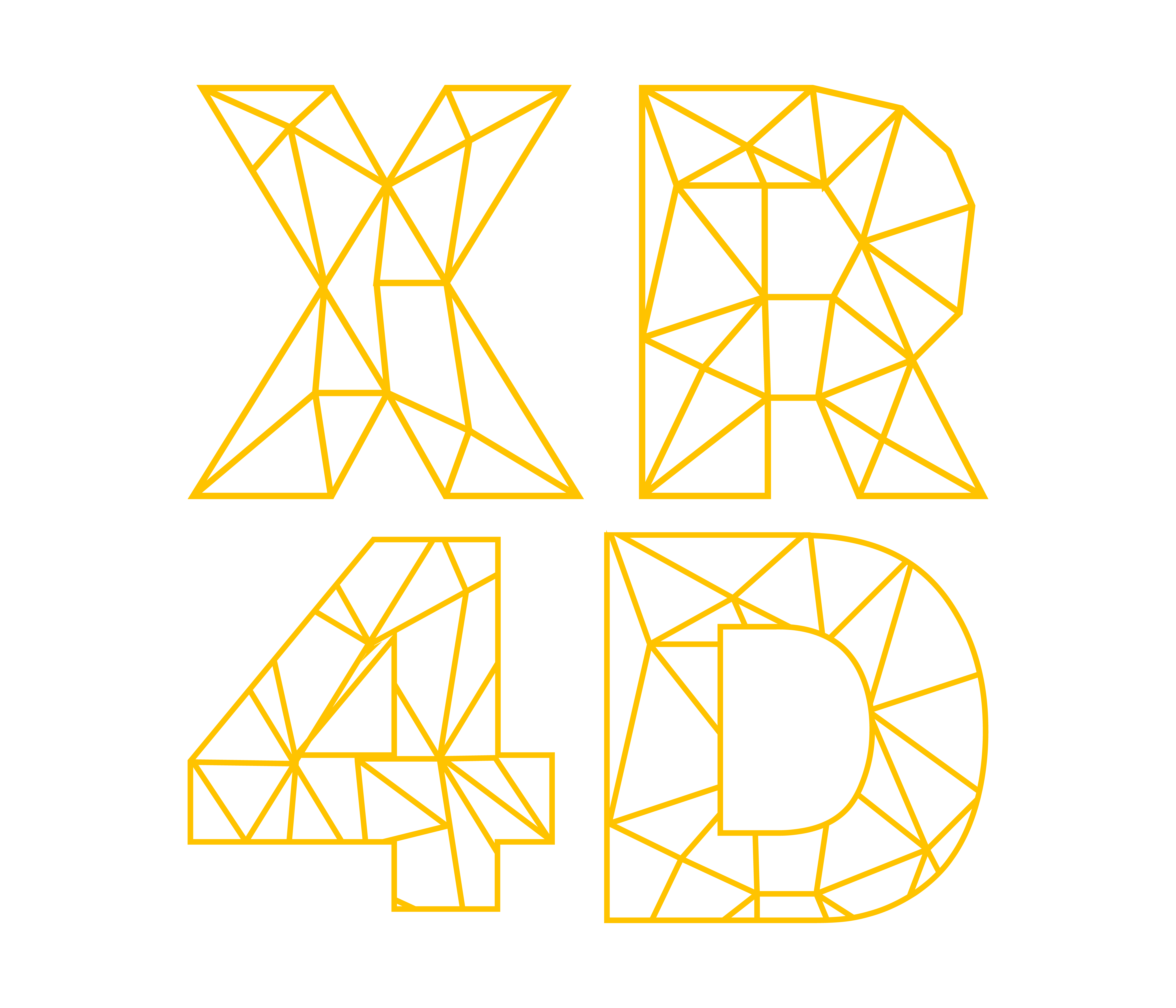Why is XR great for disabled?
Disabled people
face many challenges
XR can help overcome

Discover the world in a different way
Virtual reality helps us travel to exotic places, even to alien worlds. And for people with disability, it provides a way for experiencing activities they may not be able to enjoy in real life. Persons with disabilities can virtually climb mountains, ski, and even dance.

Sensory enhancement
Not all persons who have hearing or visual impairment have total hearing or visual loss. The majority of them only have some form of partial loss, and they can benefit from AR or VR applications designed to enhance their senses.

Development of social skills
Persons with ASD (autism spectrum disorder) often have difficulties interacting socially. They find it awkward and overwhelming. The key to overcoming this is through practice.

Communication improvement
Communication is one of the biggest challenges for people with speech and hearing disabilities. A lot of assistive technology and wearable tech have been developed to help them communicate better. Now, VR and AR are aiming to take it to a whole new level.

Capacity to plan better
Traveling for persons with mobility-limiting disabilities is tricky. When they travel, they need to ensure that the places they visit are generally accessible. Non-disabled people may not be focusing on noticing ramps or wheelchair-accessible toilets, but these are crucial for people with disability. A VR or AR tour of a destination lets them experience a place and check for accessibility issues. This will help them plan accommodations, places to visit, and routes to take. Using the technologies this way is not just for traveling. It’s also helpful in planning errands and other journeys. This can reduce a disabled person’s anxiety over going out, as they’d know where to find accessible options.

Recovery from severe injuries
People with paraplegia understand the reality of never walking again. This led a team of scientists from Duke University to work on a project, called Walk Again Project, which uses brain-machine interfaces along with a VR system, and aims to help people that have paraplegia. Their research showed that we can stimulate brain cells to help muscles move. These brain-machine interfaces, incorporated with VR, can help paralyzed individuals regain muscle control. What virtual reality does is “allow the patients to visualize when their legs touch the ground or are extended.”

Chance to Be Better Understood
Another way AR and VR can help persons with disabilities is to increase empathy for them. With virtual reality apps like A Walk Through Dementia, able people can experience what it feels like to live with a disability. This will help them provide better care and attention to the people around them who are disabled.
source: Gergana Mileva
